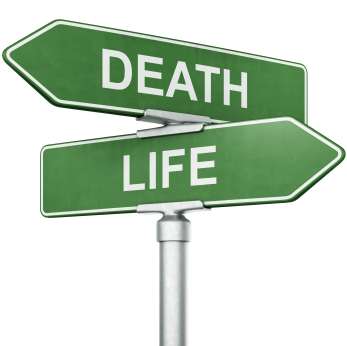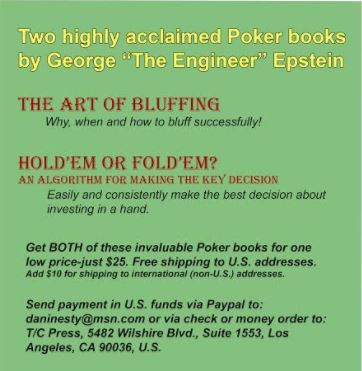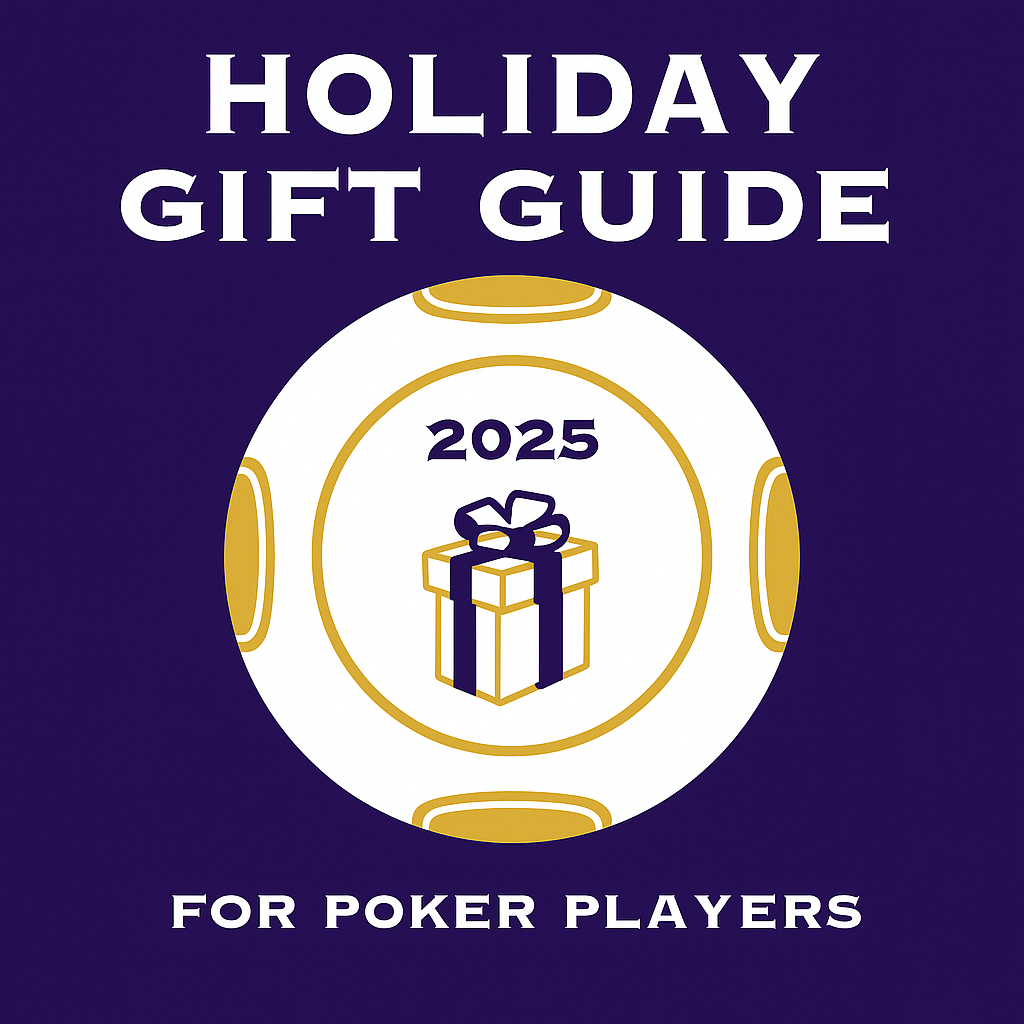Poker has a language of its own. While our poker world makes good use of terms common to our language, it also coins words and terms that are unique. Generally speaking, the more familiar you are with the “language of poker” the more that enables you to better learn the poker rules. “Drawing dead” is a good example. The term means that you are drawing to make a big hand while another player already has a better hand. “Drawing live” is just the opposite; catch the card you need to make your hand, and you win the pot.

Drawing Dead
Michael Wiesenberg’s Official Dictionary of Poker gives a good example of a drawing-dead hand for the game of hold’em: If you start with As-Ks in the hole, and the flop is 4s-6s-6d, you now hold four to an Ace-high spade flush, and two chances to fill it. But if another player started with pocket 4s, he already has a full-house that beats the Ace-high flush – assuming you catch another spade on the board.
Drawing Live
In this case, you are drawing to a hand that will win the pot if you connect. For example, after the flop you hold a split two-pair – say 9s and 8s, and your opponent has connected with a flush. His hand has you beat at this point. But you could catch a third 9 or an 8 on the turn or the river to win the pot. So your hand is live, albeit an underdog to his flush.
How best to play these hands
Drawing Dead
The big problem when you are drawing dead is that you have no idea if an opponent has already flopped a full-house – the nuts. What can you do? If you observe how the betting develops and your opponent’s playing traits, you have a chance to save a lot of chips. Also, look for tells—just in case… If he is a tight player and comes out betting on the turn, most likely he is not bluffing; believe him. But it is hard to muck an Ace-high flush. The best you can do is play cautiously. Call his bet if the pot odds are high. Otherwise, fold your hand and wait to see what he shows down.
If he is a loose-aggressive player who often bluffs, plan to stay all the way, hoping for the best. Consider making a raise to see how he reacts. Otherwise, play with caution. Even maniacs can get lucky and catch a big hand. Betting position is always important. In an early position, always play with caution.
Drawing Live
This is a tough one. Try to read your opponents and look for tells. Consider their playing traits that you have previously learned by careful observation. In the example above, you hold a split middle two-pair, 9s and 8s, after the flop. This is a borderline made hand. It is worth calling a single bet but fold to a raise. With only four outs, the odds are against you to connect with a full-house. You are an underdog. Likewise, a draw to a low inside straight with no overcards, gives you only four outs. Better yet, hope the betting is checked all-around so you get a free card on the turn. You never know… Save your chips.
A better case is when you are behind at the moment but have lots of good outs, so you are inclined to play more aggressively. With seven or more outs and favorable pot odds after the flop, calling an early-position bet is a viable decision. Good examples are draws to flushes or straights.







